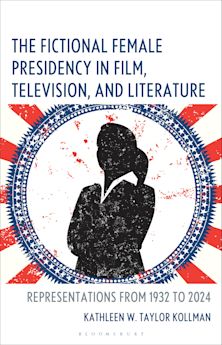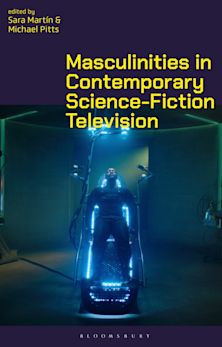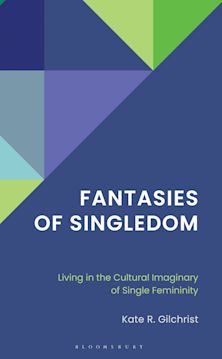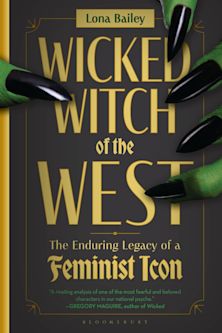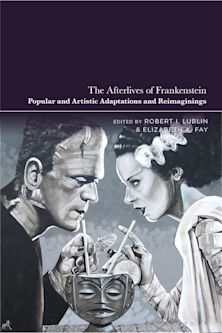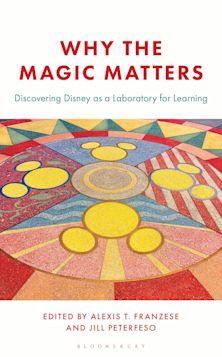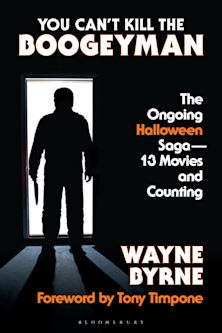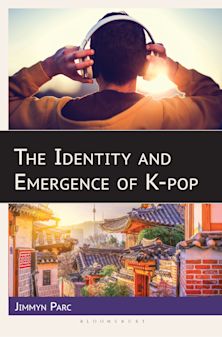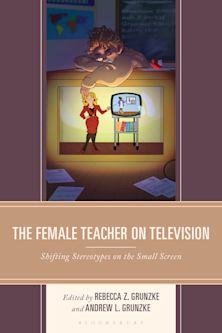Disney Gothic
Dark Shadows in the House of Mouse
Disney Gothic
Dark Shadows in the House of Mouse
Description
Despite Disney’s carefully crafted image of family friendliness, Gothic elements are pervasive in all of Disney’s productions, ranging from its theme parks to its films and television programs. The contributors to Disney Gothic reveal that the Gothic, in fact, serves as the unacknowledged motor of the Disney machine. Exploring representations of villains, ghosts, and monsters, this book sheds important new light on the role these Gothic elements play throughout the Disney universe in constructing and reinforcing conceptions of normalcy and deviance in relation to shifting understandings of morality, social roles, and identity categories. In doing so, this book raises fascinating questions about the appeal, marketing, and consumption of Gothic horror by adults and particularly by children, who historically have been Disney’s primary audience.
Table of Contents
Lorna Piatti-Farnell and Jeffrey Andrew Weinstock
Part 1: Dark Beginnings and Gothic Technologies
Chapter 1: Silly Spookiness: The Skeletons of Early Disney
Murray Leeder
Chapter 2: From Gothic to Gags: Disney’s Comic Deconstruction of Death
Terry Lindvall
Chapter 3: Hidden Histories: The Many Ghosts of Disney’s Haunted Mansion
Jeffrey Andrew Weinstock
Chapter 4: Monsters on the Mouse-Tube: The Gothic Horror Cinematic Tradition and the Disney Channel Original Movie
Jay Bamber
Chapter 5: Sinister Surveillance: Threatened Youth in Disney's Watcher in the Woods and Something Wicked This Way Comes
Carl H. Sederholm and Kathy Merlock Jackson
Chapter 6: The Game is Playing Itself: Fear, Technology, and the Disney Slasher
Gwyneth Peaty
Part 2: Monsters and Magic
Chapter 7: Disney’s Tetratologies: Animated Discourses on Monsters and Heroes
Kevin J. Wetmore
Chapter 8: ’Who is the monster and who is the man?’: Disney’s Medieval Gothic in The Hunchback of Notre Dame
J.S. Mackley
Chapter 9: Voodoo, Hoodoo, and Friends on the Other Side: Magic, Cultural Echoes, and the Gothic Trajectories of Difference in Disney’s The Princess and the Frog
Nancy Johnson-Hunt and Lorna Piatti-Farnell
Chapter 10: The Human/Animal Divide: Feral Children, Liminalities, and the Gothic in Disney’s The Jungle Book and Tarzan
Antonio Sanna
Chapter 11: Primitive Life and Animated Death: Fantasia’s ‘Rite of Spring’ as Ecogothic
Christy Tidwell
Part 3: Something Wicked
Chapter 12: Maleficent: Monstrosity, Truth, and Post-Truth in Disney’s Transmedia Fairyverse
Joan Ormrod
Chapter 13: Mother Knows Best: Questioning the Moral and the Immoral in Disney’s Tangled
Angelique Nairn
Chapter 14: The Vampire Queen of the Disney Scene: The Vampiric, Gothic Excess of Ursula from The Little Mermaid
Simon Bacon
Chapter 15: Gorgeous, Vicious and a “Little Bit Mad”: Queer-Gothic and Excessive Desire in Cruella
Blair Speakman
Product details
| Published | Apr 24 2024 |
|---|---|
| Format | Ebook (PDF) |
| Edition | 1st |
| Extent | 266 |
| ISBN | 9798216338437 |
| Imprint | Lexington Books |
| Illustrations | 34 BW Photos |
| Series | Research in Horror Studies |
| Publisher | Bloomsbury Publishing |
Reviews

ONLINE RESOURCES
Bloomsbury Collections
This book is available on Bloomsbury Collections where your library has access.











